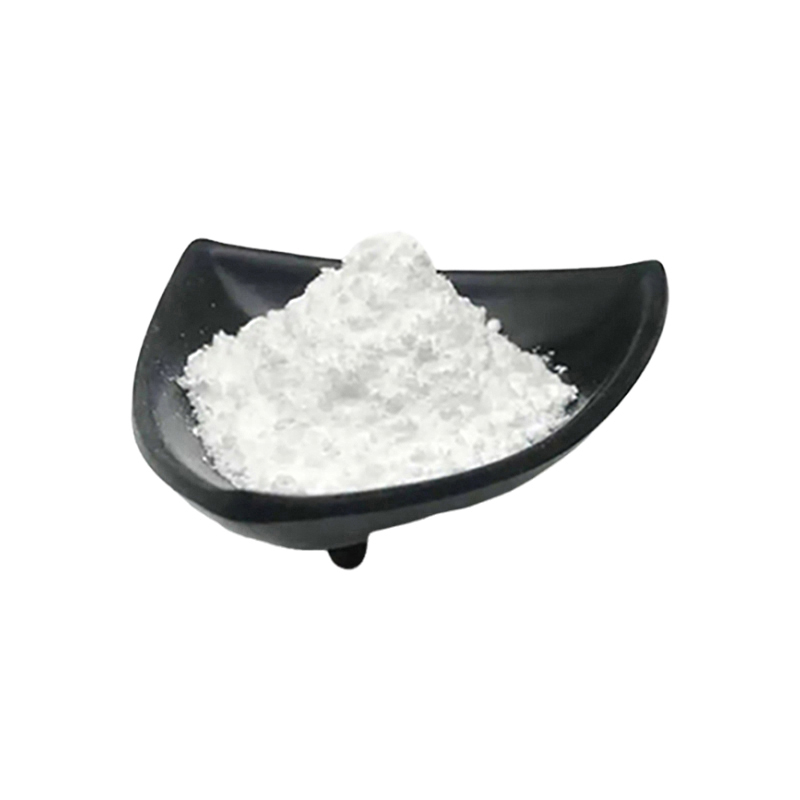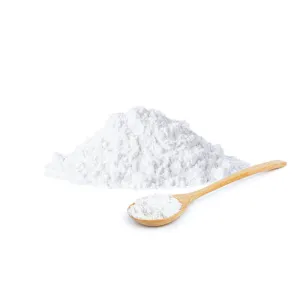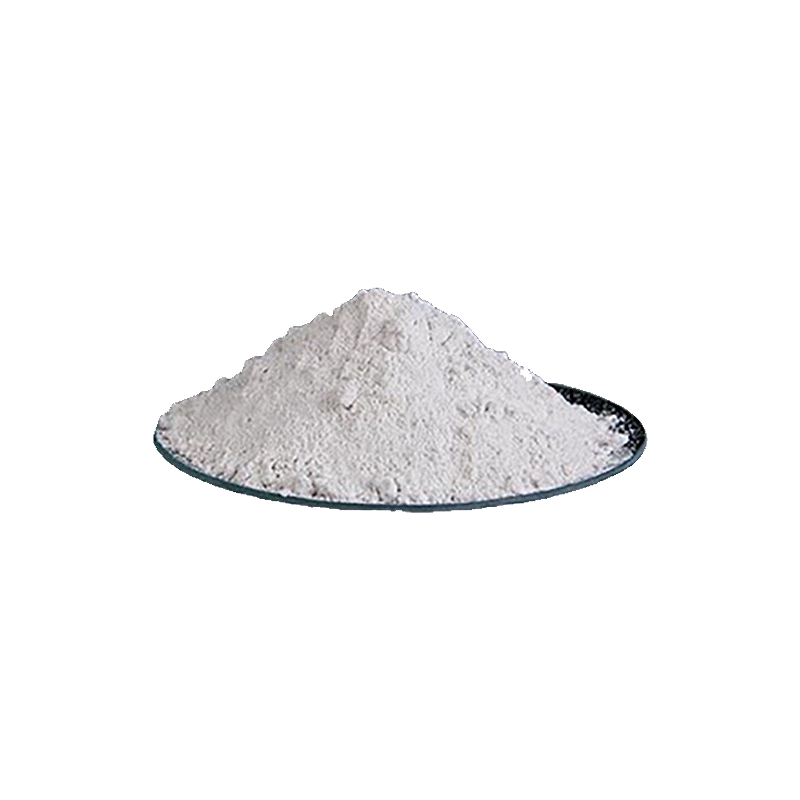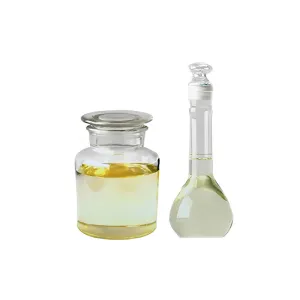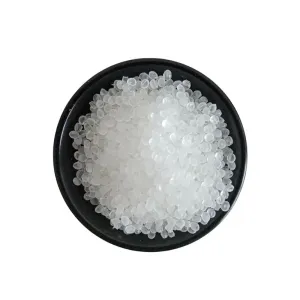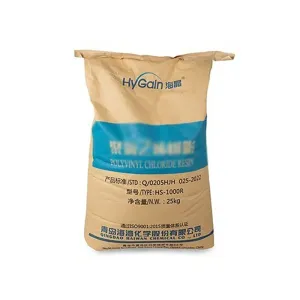Specialty and petrochemicals to contribute maximum to Indian chemicals market, says McKinsey

Indian chemical industry is projected to grow by 11-12% during 2021–27 and by 7-10% during 2027 –40: tripling its global market share by 2040. This growth is expected to be driven by a range of factors such as rising domestic consumption, changing consumer preferences and shifting supply chains, a report released by McKinsey at the recently concluded Indian Chemical Council’s (ICC) conference in Mumbai said.
The report titled: “India: The next chemicals manufacturing hub” states that India is expected to account for more than 20 percent of incremental global consumption of chemicals over the next two decades. Domestic demand is expected to rise from $170 billion to $180 billion in 2021 to $850 billion to $1,000 billion by 2040.
It further says that the growing demand for biofriendly products globally could benefit India, as it is among the leading producers of many chemicals that are used in such products. It adds that firms are seeking to make their supply chains more resilient.
On the widening trade deficit, the report says that India’s chemical industry current trade deficit, at $9 billion to $10 billion, is expected to balloon to $40 billion to $42 billion by 2040. While exports are projected to grow at a CAGR of 9.5–10% to US$140 – US$145 billion by 2040, imports are likely to grow at a CAGR of 9–9.5% to $180 -$185 billion.
Out of the three main segments of the sector—inorganic, petrochemicals (petchem), and specialty—only specialty is expected to be a net exporter. By 2040, its net exports are expected to rise by around ten times, from about $2 billion in 2021 to $21 billion. Due to limited cracker infrastructure and scarcity of key feedstock and minerals, both petchem and inorganic segments will have a trade deficit. At $41 billion, petchem’s deficit will be almost twice as large as inorganic’s $21 billion.
Imports in petchem would likely be fragmented across products, with the two largest imported products, PVC and Polypropylene accounting for just 13 and 8% of imports, respectively. Exports in the segment, meanwhile, will be driven by the C8 (Paraxylene) and C6 (Benzene) building blocks and bulk polymers PP, LLDPE and HDPE. In the Inorganic segment, imports will be driven by phosphorus, potassium and titanium (together accounting for 70% of total imports) and exports by carbon black, sodium and titanium (together accounting for 65% of total exports).
According to the report, the specialty segment, with a net trade surplus, is the strongest pillar of India’s chemicals sector. In all, 16 specialty chemicals subsegments perform well on both cost competitiveness and market attractiveness. Two of these subsegments are the following:
Agrochemicals. Agrochemicals in India is currently a $5.5 billion market, growing at a CAGR of 8.3 percent. By 2040, it is expected to account for almost 40 percent of India’s overall chemicals exports.
Food and feed ingredient chemicals. Constituting flavors and fragrances, food and feed additives, and nutraceuticals, this subsegment is a $3 billion market in India, growing at a CAGR of 7 to 9 percent.
It is predicted that the demand for the speciality chemical segment is expected to grow at a pace of over 15% CAGR. Specialty and petrochemicals segment to contribute US $490-560 billion to the Indian chemicals market by 2040 i.e. around 57.6-56 percent.
On benchmarking India’s manufacturing competitiveness in chemicals, the report says while it is clear that the Indian chemicals sector is geared for robust growth, its manufacturing competitiveness is less clear. Benchmarking the sector against six global chemicals clusters—China, Germany, Indonesia, Saudi Arabia, South Korea, and Vietnam—across 24 variables shows that though India is more or equally competitive on most counts, other countries have a competitive edge over India in a few crucial respects.
The growing demand for bio-friendly products globally could benefit India, as it is among the leading producers of many chemicals that are used in such products. India has the potential to become the consumption and manufacturing engine of the global chemical industry however numerous challenges still persist including limited feedstock availability, delayed regulatory approvals, and scarcity of skilled R&D talent.
The future of the Indian Chemicals sector looks promising, and the country could become the driving force of the demand and supply of the world chemical market if the Indian Chemical companies focus on right types of business, the right mode of entry, the global footprint from the go-to-market and asset perspective, leveraging the existing supply chain, if possible, among others.
Recommended Suppliers
 September 23, 2024
September 23, 2024  June 3, 2024
June 3, 2024  June 3, 2024
June 3, 2024  June 17, 2024
June 17, 2024  June 18, 2024
June 18, 2024 
